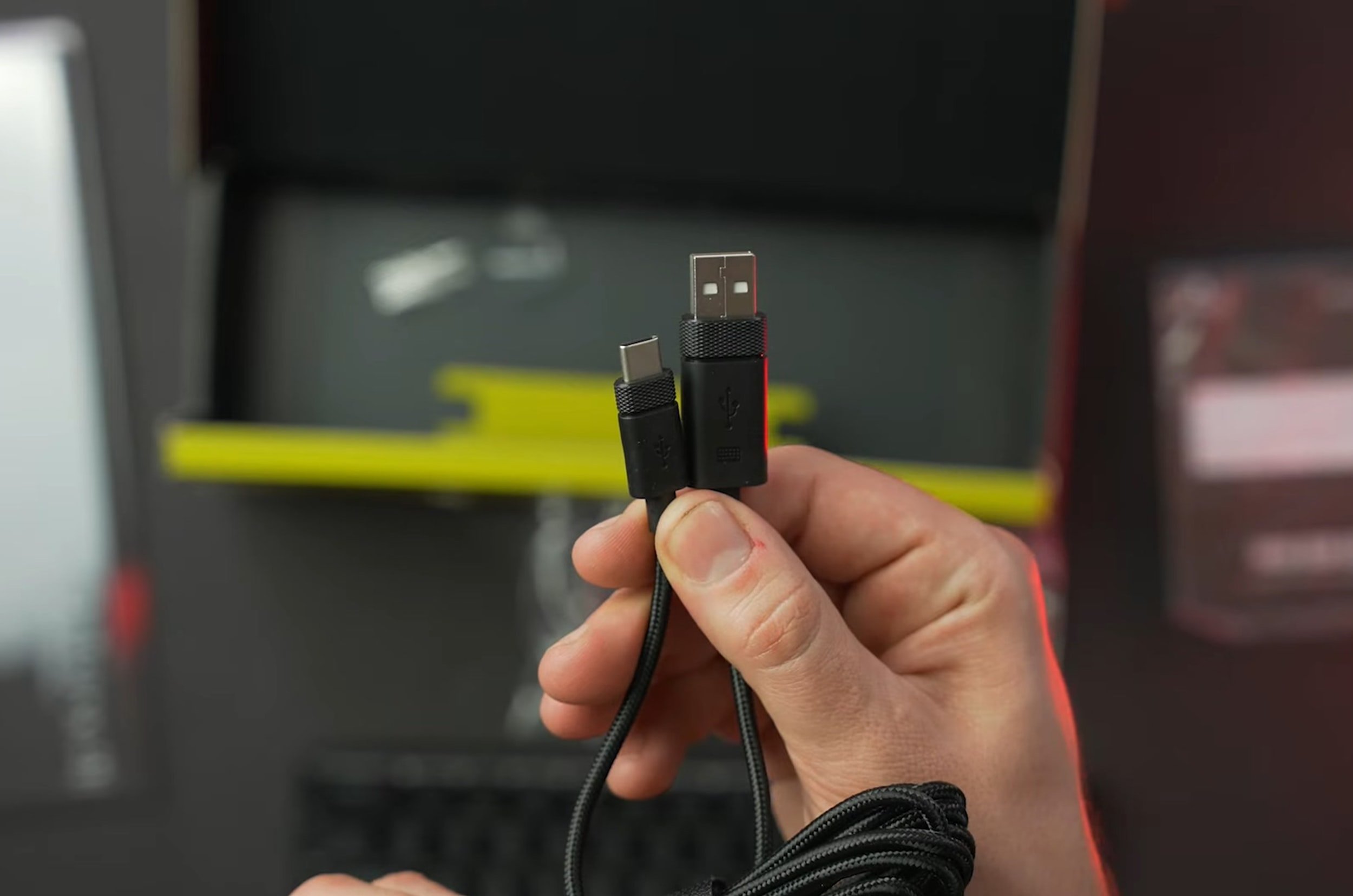Everything You Need to Know About USB:
What Is Universal Serial Bus (USB)?
USB is one of the most popular types of connections in the world. It is used for everything from charging phones to connecting peripherals to your computer. But what is USB, and how does it work? In this blog post, we will answer all of your questions about USB! We will discuss what USB is, how it works, the different types of USB, and more!
What is USB?
USB is a type of connector that allows devices to communicate with each other. USB was created as a universal way to connect devices, and it has become one of the most common types of connectors in the world. USB ports can be found on computers, cell phones, tablets, and many other devices. USB cables are used to connect devices, transfer data, and in some instances can provide power to connected devices as well. USB is a very versatile connector and has been adapted for many different uses.
How does it work?
USB is a serial bus, which was created to standardize the connection between peripherals and devices. This connection uses a single cable and has now replaced many previously used standards such as FireWire, Thunderbolt, COM, LPT, and others. USB also allows for significantly faster data transfer speeds compared to the previously used standards. USB provides a plug-and-play interface, meaning little to no user intervention is required to configure the device.
Are there different types of USB?
There are different types of USB, including USB Type-A, USB Type-B, USB Micro-B, USB Mini-B, and USB C. USB Type-A is the most common type of USB. It is used for connecting devices such as printers, scanners, and external hard drives to your computer. USB Type-B is used for connecting devices such as digital cameras and USB hubs to your computer. USB Micro-B is used for connecting devices such as smartphones and tablets to your computer. USB Mini-B is used for connecting devices such as digital cameras and USB hubs to your computer. USB C is a new type of USB that is reversible, meaning that it can be plugged in any direction. USB C is used for connecting devices such as smartphones, tablets, and USB hubs to your computer.
What are the advantages of USB?
Universal connectivity - USB works with such a wide range of devices, often regardless of the operating system.
Versatility - USB has a wide range of applications; USB is capable of transferring data at very high speeds and can also provide low voltages(5V) to devices without using additional cables.
Ease of use - USB connections are often plug-and-play, this allows for cross-platform use with little user intervention.
Scalable - a single USB bus can support up to 127 devices, using multiple hubs.
USB is here to stay:
USB is a great way to connect devices to your computer. It is fast, reliable, and easy to use. USB is the standard for connecting computers and other devices. It’s been around for more than two decades and is still going strong. USB is a versatile interface that can be used for data transfer, power delivery, and charging devices. USB is also backward compatible, so you can use older USB devices with newer computers. It is clear USB is here to stay. It's an industry standard that has been adopted by almost all manufacturers of computers and electronic devices.

